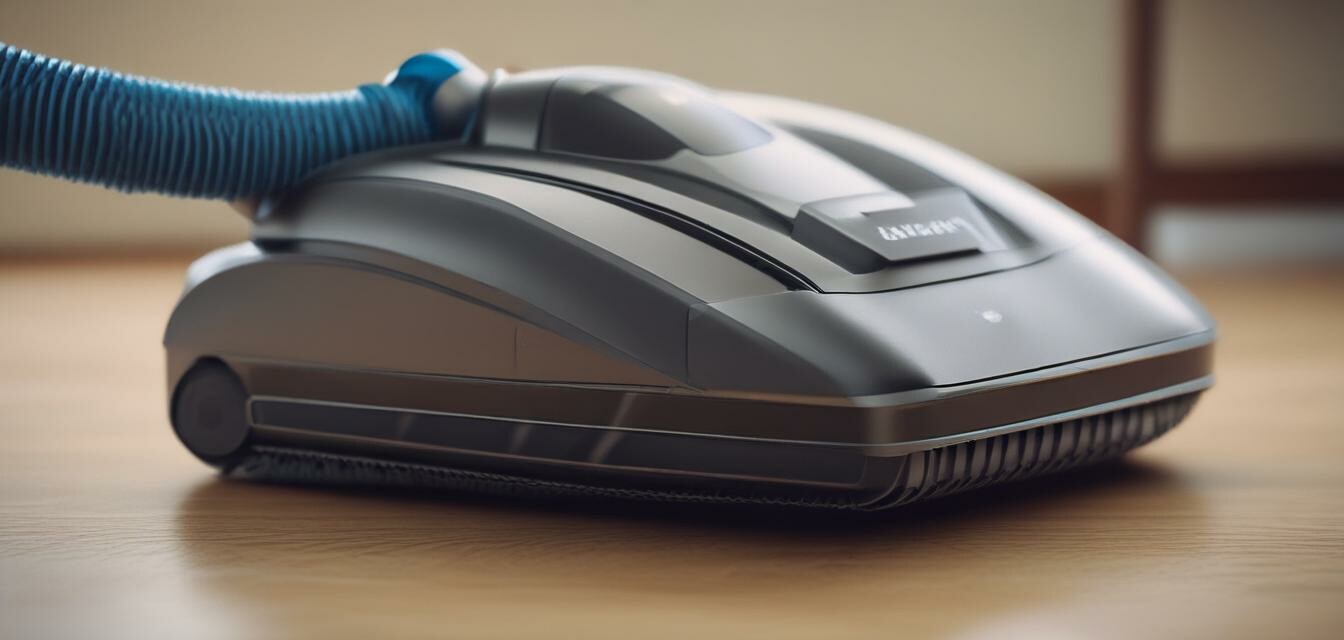
This article was generated using AI and is based on real customer reviews from the Amazon platform. It contains affiliate links, meaning we may earn a commission—at no extra cost to you. As Amazon Associates, we earn from qualifying purchases.
Tips for Extending the Life of Your Vacuum
Key Takeaways
- Regular maintenance is essential for vacuum longevity.
- Clean and replace filters periodically to ensure optimal performance.
- Know how to troubleshoot common issues to prevent major breakdowns.
- Choose the right vacuum for your specific cleaning needs.
- Store your vacuum in a clean, dry place to avoid damage.
Your allergy-friendly vacuum is an essential tool for maintaining a clean and healthy home. However, like any appliance, it requires regular maintenance to keep it performing at its best. In this article, we will discuss simple strategies to prolong the life of your vacuum and ensure it continues effectively reducing allergens in your space.
1. Regularly check and clean filters
One of the most crucial parts of maintaining your vacuum is keeping the filters clean. Here’s how you can do this:
- Remove filters as per the manufacturer's guidelines.
- Wash washable filters in warm, soapy water, rinse thoroughly, and let them air dry completely.
- Replace HEPA filters according to the recommended schedule in the user manual.
When to replace filters
| Filter Type | Replacement Frequency |
|---|---|
| HEPA Filters | Every 6-12 months |
| Foam Filters | Every 3-6 months (if washable) |
| Carbon Filters | Every 6 months |
2. Maintain the brush roll
The brush roll is what helps your vacuum pick up dirt and debris. A clean brush roll ensures maximum suction and efficiency. Here’s how to maintain it:
- Check for hair or debris tangled around the brush roll.
- Use scissors to carefully cut away any hair or thread.
- Wipe the brush roll with a damp cloth to remove dirt.
3. Empty the dust bin or replace bags regularly
Whether your vacuum is bagged or bagless, keeping the dust collection area clean is vital:
- For bagged vacuums, replace the bag when it is about two-thirds full.
- If you have a bagless vacuum, empty the dust bin after each use.
4. Store your vacuum properly
How and where you store your vacuum can significantly impact its lifespan:
- Store in a cool, dry place to prevent damage from humidity.
- Avoid cramming it into tight or cluttered spaces to prevent physical damage.
- Unwind the power cord completely before storing to prevent kinks and damage.
5. Troubleshooting common issues
Understanding common vacuum issues lets you handle minor problems yourself:
- Loss of suction: Check for clogs in hoses or filters.
- Brush roll not spinning: Inspect for blockages or damage to the belt.
- Poor cleaning performance: Ensure that the vacuum is not full and that the filters are clean.
6. Know your vacuum
Each vacuum model has unique requirements. Make sure to:
- Read the user manual thoroughly.
- Follow specific maintenance recommendations.
- Understand the best practices for your vacuum type. Consider looking at buying guides for comparisons on different vacuum styles.
Pros
- Regular maintenance prolongs the vacuum's lifespan.
- A well-maintained vacuum improves indoor air quality.
- Prevents costly repairs in the long run.
Cons
- Maintenance requires time and effort.
- Neglect can lead to performance issues.
Conclusion
By following the above tips, you can extend the life of your allergy-friendly vacuum and keep it running smoothly. Remember that your vacuum is an investment in your health and well-being. Proper maintenance ensures that it effectively combats allergens in your home, creating a cleaner and healthier living environment.
For further reading, check out our articles on maintaining different types of vacuums and choosing the right vacuum for your needs.